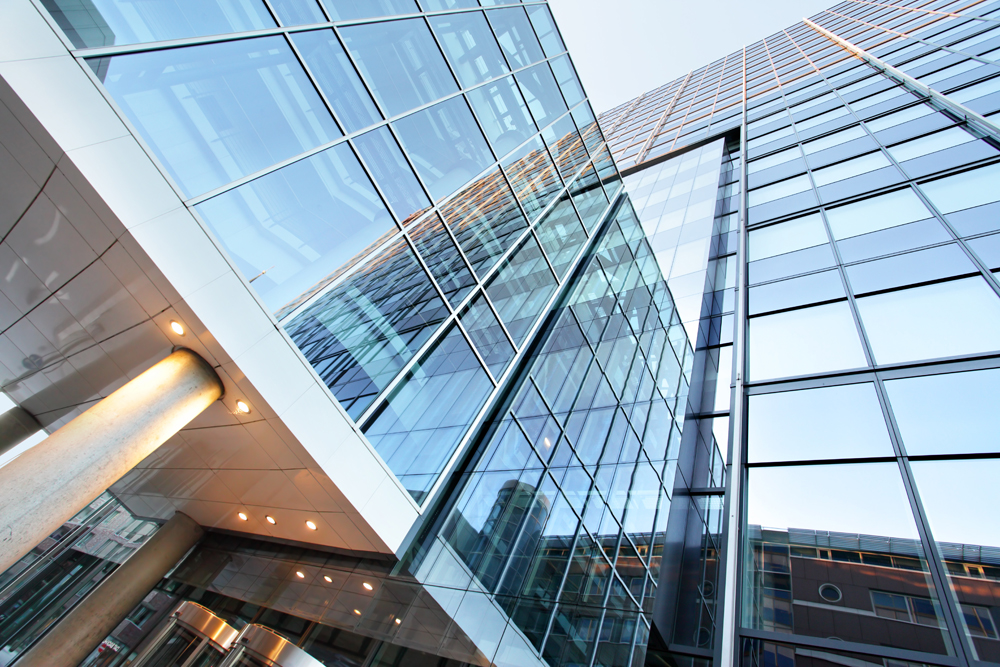Source: San Francisco Business Times
By: Rolandi Li
Date Posted: August 8, 2016
According to The San Francisco Business Times Twitter has listed over 183,000 square feet of its Headquarters at 1355 Market Street for sublease.
Wired reported in February of this year that Twitter’s value has decreased significantly from its peak in 2013 and is now valued less than other tech “unicorns.” Could the recent sublease by Twitter indicate more woes for the tech giant?

Related articles:









